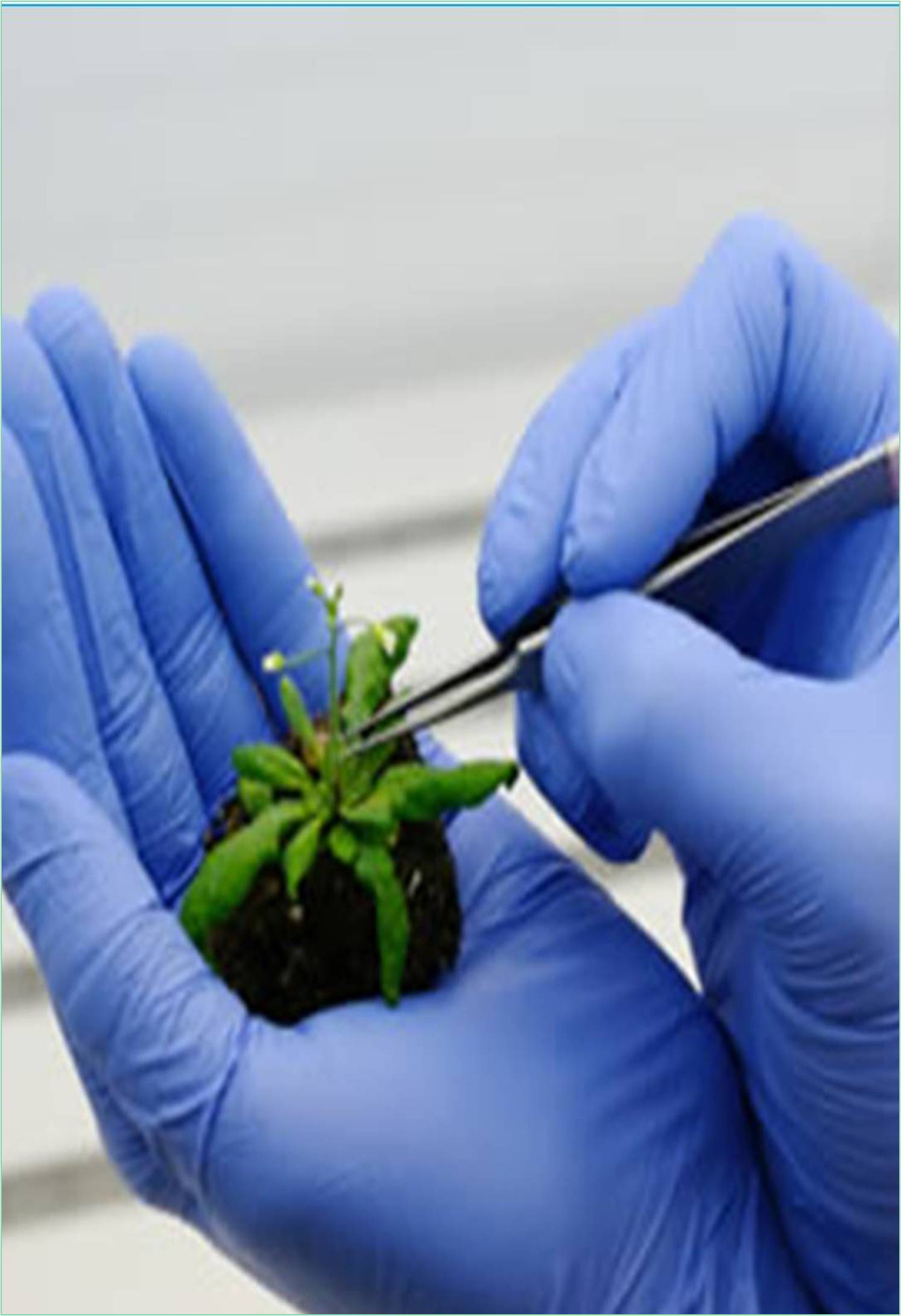



Received: 30-Mar-2022, Manuscript No. GJBB-22-10002; Editor assigned: 01-Apr-2022, Pre QC No. GJBB-22-10002(PQ); Reviewed: 15-Apr-2022, QC No. GJBB-22-10002; Revised: 22-Apr-2022, Manuscript No. GJBB-22-10002(R); Published: 02-May-2022, DOI: 10.35248/GJBB.22.10.36
Photosynthesis is the ultimate source of all human for food and oxygen, and fossilized photosynthetic fuels supply about 87% of the world’s energy. It is a biochemical process that maintains the biosphere as the basis of the food chain. Oxygen produced as a by-product of photosynthesis allowed the formation of the ozone layer, the development of aerobic respiration, and thus complex multicellular organisms. Photosynthesis of oxygen involves the conversion of water and CO2 into complex organic molecules such as carbohydrates and oxygen.
Photosynthesis can be divided into bright and dark reactions. In the photochemical reaction, water is broken down into oxygen, protons and electrons by light and in the dark reaction, the protons and electrons are used to reduce CO2 to carbohydrates
Photosynthetic Electron and Proton Transfer Chain
The photo-driven electron transfer reaction of photosynthesis begins with water splitting by Photosystem II (PSII). PSII is a chlorophyll-protein complex embedded in a thylakoid membrane that uses light to oxidize water to oxygen and reduce the electron acceptor plastoquinone to plastoquinol. Plastoquinol then transports water-derived electrons to another protein complex, thylakoid-embedded and thylakoid. It oxidizes plastoquinol to plastoquinone and reduces plastocyanin, a small water-soluble electron transfer protein in the lumen. The second irradiation reaction is then carried out by another chlorophyll protein complex named photosystem 1 (PS 1). PS 1 oxidizes plastocyanin and reduces another soluble electron carrier protein ferredoxin located in the stroma. The photosystem can then be used by the ferredoxin-NADP+ reductase (FNR) enzyme to reduce NADP+ to NADPH.
Light Absorption by Pigment
Photosynthesis begins with the absorption of light through a pigment molecule in a thylakoid membrane. The most famous chlorophyll is that carotenoid and cyanobacteria and some algae and bilins.
Light Harvesting Complexes
In photo systems, chlorophyll and carotenoids are linked to membrane supply proteins known as light harvesting complexes (LHC). Through careful bonding and orientation of pigment molecules, absorbed energy can be transmitted by EET. Each pigment binds to a protein via a series of non-covalent interactions (hydrophobic interactions and coordination bonds of residues such as histidine and Mg2+ ions in proteins in chlorophyll and Mg2+ ions) is doing. The protein structure is such that each binding pigment is slightly different for surrounding amino acid side chains, lipids, etc., that means these S1 and S2 energy levels are shifted in energy with respect to that of other neighbouring pigment molecules Reaction center
Photo system consists of a number of tracks that form hundreds of pigment molecules antennas. The antenna pigment is to collect and concentrate excitation energy, and move towards a special pair of chlorophyll molecules in the Reaction Center (RC).
Photosystem II
PSII is a lightweight water-plastoquinone oxide reductase, and is the only enzyme that can carry out difficult chemical chemistry of water cleavage in protons, electrons and oxygen. Basically, the redox potential of hydroxide pairs is +820 mV, so the water is a very poor electronic dispenser. PSII uses light energy to excite a special pair of chlorophyll known as P680 for 680 nm absorption chips of spectral red portions. P680* learns charge separation that results in the formation of extremely oxidized species P680+ with redox potential for oxidizing water. However, since water splitting involves for electron chemistry and charge separation involves only one electron transfer, four separate charge separations (PSII) are required to form one molecule of O2 from two molecules of water.